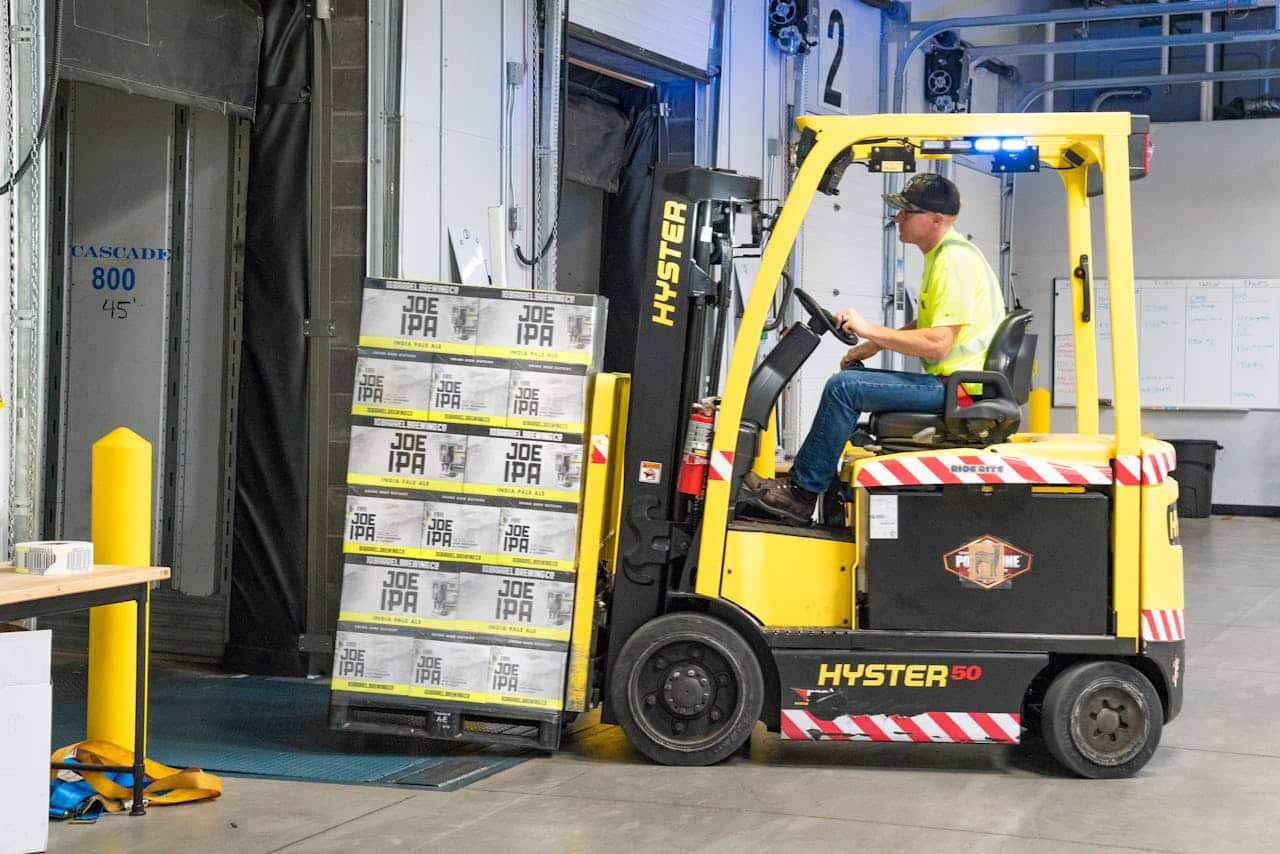HAZARDOUS AREA DESIGN
At IDEA Ltd, we specialise in designing and implementing robust control and instrumentation systems for hazardous areas. Our deep understanding of safety regulations and industry standards ensures that your operations are efficient, safe, and compliant.
Our comprehensive approach includes assessing hazardous areas' risk, precise electrical design, and adherence to stringent gas and dust classification standards. Discover how we can help you transform your hazardous area with a control system design today!
What is Hazardous Area Design?
A hazardous area is a location with a risk of fire or explosion due to the presence of flammable gases, vapours, dust, or fibres.
Hazardous area design, therefore, involves creating safe and reliable systems where there is a risk of explosion. These areas require careful planning and certified equipment to prevent accidents. Proper design mitigates risks and ensures compliance with safety regulations.
Key Components of a Hazardous Area Design
Hazardous areas require careful attention and planning to create a safe system in areas with a risk of explosion. Therefore, a handful of critical features of a hazardous area design must be implemented to maximise the safety and reliability of the control system:
Explosion-Proof Equipment:
Devices designed to contain any explosion that may occur within them.Intrinsic Safety Barriers:
Systems that limit the energy available to electrical circuits in hazardous areas, preventing ignition.Proper Zoning and Classification:
Accurate identification and classification of hazardous zones to guide equipment selection and placement.Ventilation and Detection Systems:
Solutions to manage and monitor potentially explosive atmospheres.
Our Expertise in Hazardous Area Risk Assessment & Design
With decades of experience, we at IDEA Ltd offer comprehensive services in hazardous area design that cover the following:
Risk Assessment & Classification
We conduct detailed risk assessments to classify hazardous zones according to ATEX, IECEx, and other relevant standards. This ensures that all potential risks are identified and mitigated.
Custom Design Solutions
We provide tailored design solutions that meet your specific operational needs while adhering to stringent safety regulations. Our designs incorporate explosion-proof equipment, intrinsic safety barriers, and other protective measures.
Compliance & Certification
Our team ensures that all designs meet the necessary certifications and approvals, including BS EN 60079 standard, ATEX, IECEx, and other international standards. We handle the entire process from initial concept to final certification.
Installation & Commissioning
We oversee the installation and commissioning of hazardous area equipment, ensuring all systems are installed correctly and fully operational before handover.
Ongoing Support & Maintenance
We offer ongoing support and maintenance services to ensure your hazardous area systems' long-term safety and reliability. These services include regular inspections, audits, and upgrades.
Why Choose IDEA for Your Hazardous Area Design?
Choosing IDEA for your hazardous area design needs means partnering with a team with a proven track record of successfully delivering projects across various industries, including oil & gas, chemical, and manufacturing. Our expert engineers are highly skilled and certified in hazardous area design, bringing in-depth knowledge and expertise to every project.
We offer additional services in instrumentation engineering and design. From Control System Architecture Design and Instrumentation Design to Hardware Specification and Design Documentation, our team can optimise your processes. If you want a bespoke hazardous area design, contact our experts today!
Hazardous Area Design FAQs
How is a hazardous area classified?
Hazardous areas are defined as locations with a risk of fire or explosion. These areas are classified into zones based on the likelihood and frequency of explosive atmospheres. For example:
- Zone 0: An area where an explosive atmosphere is continuously present or present for long periods.
- Zone 1: An area where an explosive atmosphere is likely to occur in regular operation.
- Zone 2: An area where an explosive atmosphere is not likely to occur in regular operation and, if it does, will persist for a short period only.
How does IDEA ensure compliance with hazardous area regulations?
At IDEA, we follow a rigorous process to ensure compliance with all relevant regulations and standards. Our approach includes:
- Conducting thorough risk assessments to classify hazardous zones correctly.
- Designing systems using certified equipment and materials that meet ATEX, IECEx, and other relevant standards.
- Ensuring all designs undergo necessary inspections and certifications before installation.
What types of industries require hazardous area design?
Hazardous area design is crucial for industries with a risk of fire or explosion due to the presence of flammable substances. Key industries include:
- Oil & Gas: Onshore and offshore facilities handling hydrocarbons.
- Chemical Processing: Plants that manufacture or handle volatile chemicals.
- Pharmaceuticals: Facilities with processes involving flammable solvents.
- Food & Beverage: Operations that generate combustible dust, such as sugar or flour production.
- Manufacturing: Industries involving flammable liquids or gases.
Control & Instrumentation Design & Engineering
Control & Instrumentation Design & Engineering
